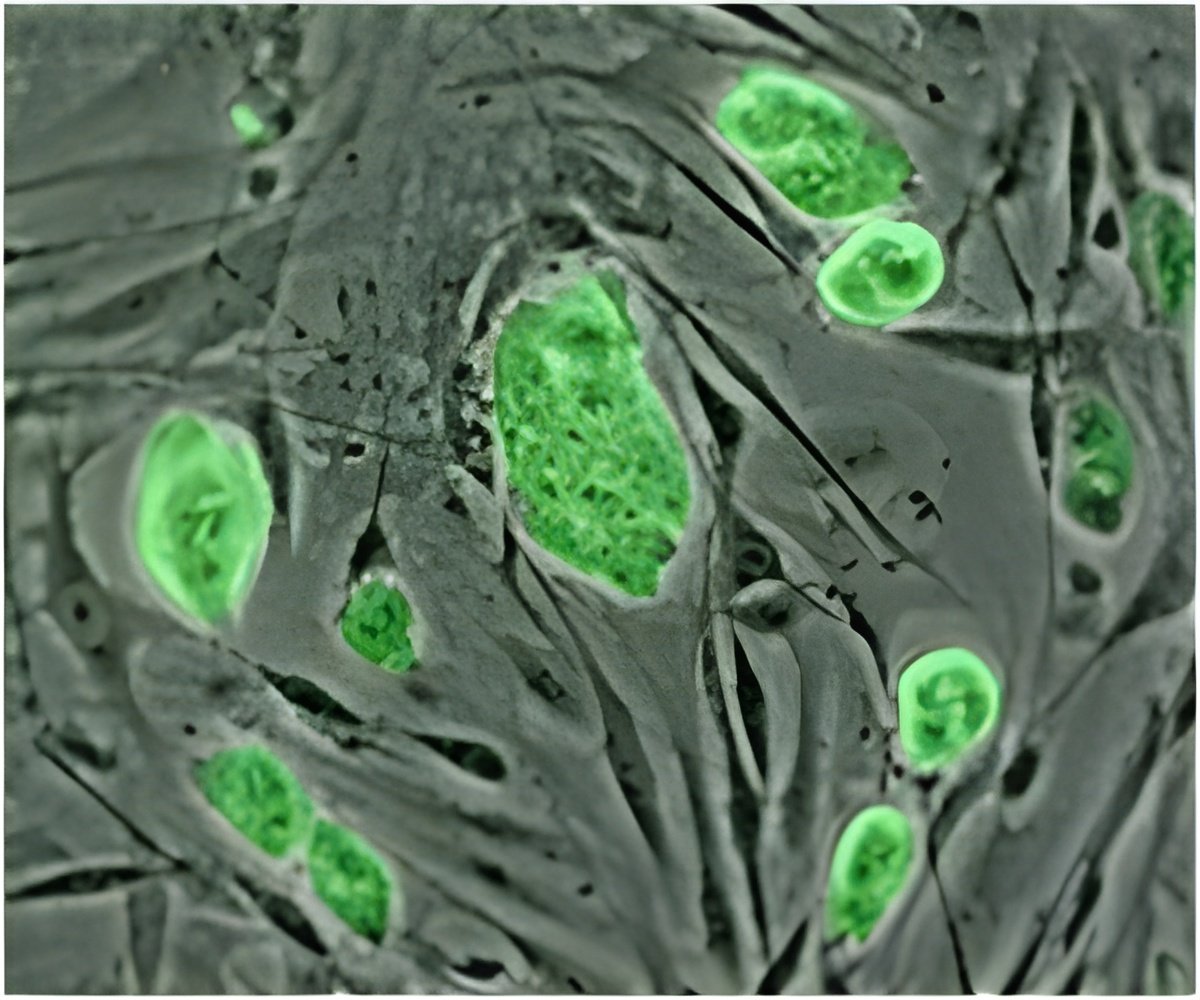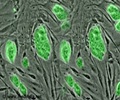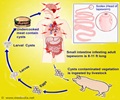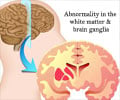Transplantation of medial ganglionic eminence (MGE) cells into the hippocampus has been used by UCSF scientists to control seizures in mice.

Cell therapy has become an active focus of epilepsy research, in part because current medications, even when effective, only control symptoms and not underlying causes of the disease, according to Scott C. Baraban, PhD, who holds the William K. Bowes Jr. Endowed Chair in Neuroscience Research at UCSF and led the new study.
In many types of epilepsy, he said, current drugs have no therapeutic value at all.
"Our results are an encouraging step toward using inhibitory neurons for cell transplantation in adults with severe forms of epilepsy. This procedure offers the possibility of controlling seizures and rescuing cognitive deficits in these patients," Baraban said.
During epileptic seizures, extreme muscle contractions and, often, a loss of consciousness can cause seizure sufferers to lose control, fall and sometimes be seriously injured. The unseen malfunction behind these effects is the abnormal firing of many excitatory nerve cells in the brain at the same time.
In the UCSF study, the transplanted inhibitory cells quenched this synchronous, nerve-signaling firestorm, eliminating seizures in half of the treated mice and dramatically reducing the number of spontaneous seizures in the rest.
In another encouraging step, UCSF researchers reported May 2 that they found a way to reliably generate human MGE-like cells in the laboratory, and that, when transplanted into healthy mice, the cells similarly spun off functional inhibitory nerve cells.
In the Baraban-led UCSF study, the transplanted MGE cells from mouse embryos migrated and generated interneurons, in effect replacing the cells that fail in epilepsy. The new cells integrated into existing neural circuits in the mice, the researchers found.
"These cells migrate widely and integrate into the adult brain as new inhibitory neurons," Baraban said.
The mouse model of disease that Baraban's lab team worked with is meant to resemble a severe and typically drug-resistant form of human epilepsy called mesial temporal lobe epilepsy, in which seizures are thought to arise in the hippocampus.
In contrast to transplants into the hippocampus, transplants into the amygdala, a brain region involved in memory and emotion, failed to halt seizure activity in this same mouse model, the researcher found.
Temporal lobe epilepsy often develops in adolescence, in some cases long after a seizure episode triggered during early childhood by a high fever. A similar condition in mice can be induced with a chemical exposure, and in addition to seizures, this mouse model shares other pathological features with the human condition, such as loss of cells in the hippocampus, behavioral alterations and impaired problem solving.
In the Nature Neuroscience study, in addition to having fewer seizures, treated mice became less abnormally agitated, less hyperactive, and performed better in water-maze tests.
The findings have been published online in the journal Nature Neuroscience.
Source-ANI
 MEDINDIA
MEDINDIA




 Email
Email










